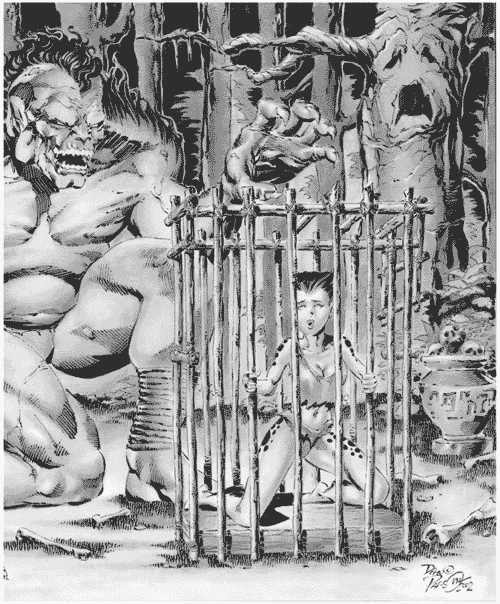What s Good and What s Evil Is Not Black and White
What's Good and What's Evil Is Not Black and WhiteThe beast used to live here first, long before the nymphs moved in. They invaded his land, and ate the same food he depends on. (They were forced out of their own lands by the encroachment of humans.) By diminishing his food supply, the nymphs had endangered the beast's survival, although unintentionally. Thus, who is good here and who is evil is a bit muddied.
Other Techniques at Work in This Scenario (An Example of Technique Stacking)Beside the two Emotionally Complex Moment Techniques noted previously in this scenario, there are added Emotioneering techniques at work as well:
|
EAN: 2147483647
Pages: 394

